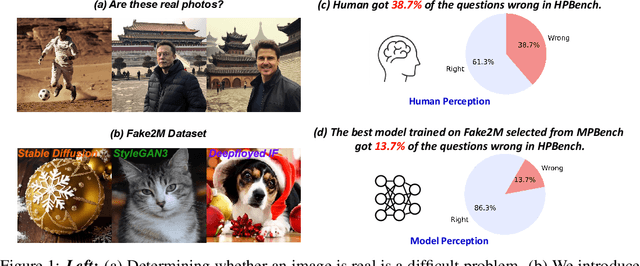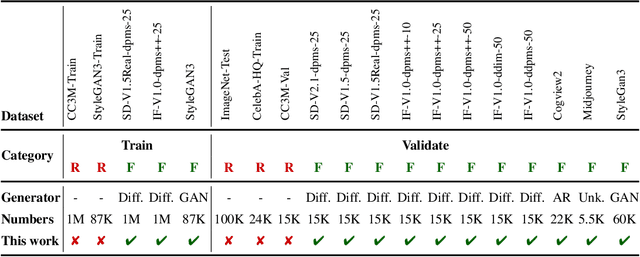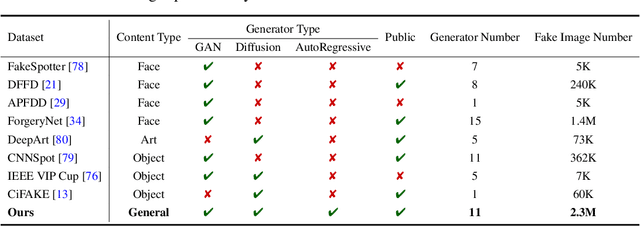Jingjing Qu
DeepInnovation AI: A Global Dataset Mapping the AI innovation from Academic Research to Industrial Patents
Mar 13, 2025Abstract:In the rapidly evolving field of artificial intelligence (AI), mapping innovation patterns and understanding effective technology transfer from research to applications are essential for economic growth. However, existing data infrastructures suffer from fragmentation, incomplete coverage, and insufficient evaluative capacity. Here, we present DeepInnovationAI, a comprehensive global dataset containing three structured files. DeepPatentAI.csv: Contains 2,356,204 patent records with 8 field-specific attributes. DeepDiveAI.csv: Encompasses 3,511,929 academic publications with 13 metadata fields. These two datasets leverage large language models, multilingual text analysis and dual-layer BERT classifiers to accurately identify AI-related content, while utilizing hypergraph analysis to create robust innovation metrics. Additionally, DeepCosineAI.csv: By applying semantic vector proximity analysis, this file presents approximately one hundred million calculated paper-patent similarity pairs to enhance understanding of how theoretical advancements translate into commercial technologies. DeepInnovationAI enables researchers, policymakers, and industry leaders to anticipate trends and identify collaboration opportunities. With extensive temporal and geographical scope, it supports detailed analysis of technological development patterns and international competition dynamics, establishing a foundation for modeling AI innovation and technology transfer processes.
Data Quality Control in Federated Instruction-tuning of Large Language Models
Oct 15, 2024



Abstract:By leveraging massively distributed data, federated learning (FL) enables collaborative instruction tuning of large language models (LLMs) in a privacy-preserving way. While FL effectively expands the data quantity, the issue of data quality remains under-explored in the current literature on FL for LLMs. To address this gap, we propose a new framework of federated instruction tuning of LLMs with data quality control (FedDQC), which measures data quality to facilitate the subsequent filtering and hierarchical training processes. Our approach introduces an efficient metric to assess each client's instruction-response alignment (IRA), identifying potentially noisy data through single-shot inference. Low-IRA samples are potentially noisy and filtered to mitigate their negative impacts. To further utilize this IRA value, we propose a quality-aware hierarchical training paradigm, where LLM is progressively fine-tuned from high-IRA to low-IRA data, mirroring the easy-to-hard learning process. We conduct extensive experiments on 4 synthetic and a real-world dataset, and compare our method with baselines adapted from centralized setting. Results show that our method consistently and significantly improves the performance of LLMs trained on mix-quality data in FL.
Seeing is not always believing: A Quantitative Study on Human Perception of AI-Generated Images
Apr 25, 2023



Abstract:Photos serve as a way for humans to record what they experience in their daily lives, and they are often regarded as trustworthy sources of information. However, there is a growing concern that the advancement of artificial intelligence (AI) technology may produce fake photos, which can create confusion and diminish trust in photographs. This study aims to answer the question of whether the current state-of-the-art AI-based visual content generation models can consistently deceive human eyes and convey false information. By conducting a high-quality quantitative study with fifty participants, we reveal, for the first time, that humans cannot distinguish between real photos and AI-created fake photos to a significant degree 38.7%. Our study also finds that an individual's background, such as their gender, age, and experience with AI-generated content (AIGC), does not significantly affect their ability to distinguish AI-generated images from real photographs. However, we do observe that there tend to be certain defects in AI-generated images that serve as cues for people to distinguish between real and fake photos. We hope that our study can raise awareness of the potential risks of AI-generated images and encourage further research to prevent the spread of false information. From a positive perspective, AI-generated images have the potential to revolutionize various industries and create a better future for humanity if they are used and regulated properly.
 Add to Chrome
Add to Chrome Add to Firefox
Add to Firefox Add to Edge
Add to Edge